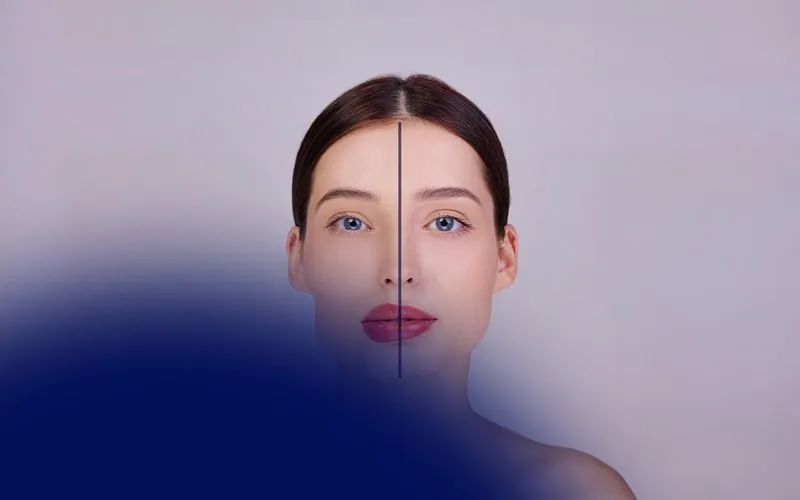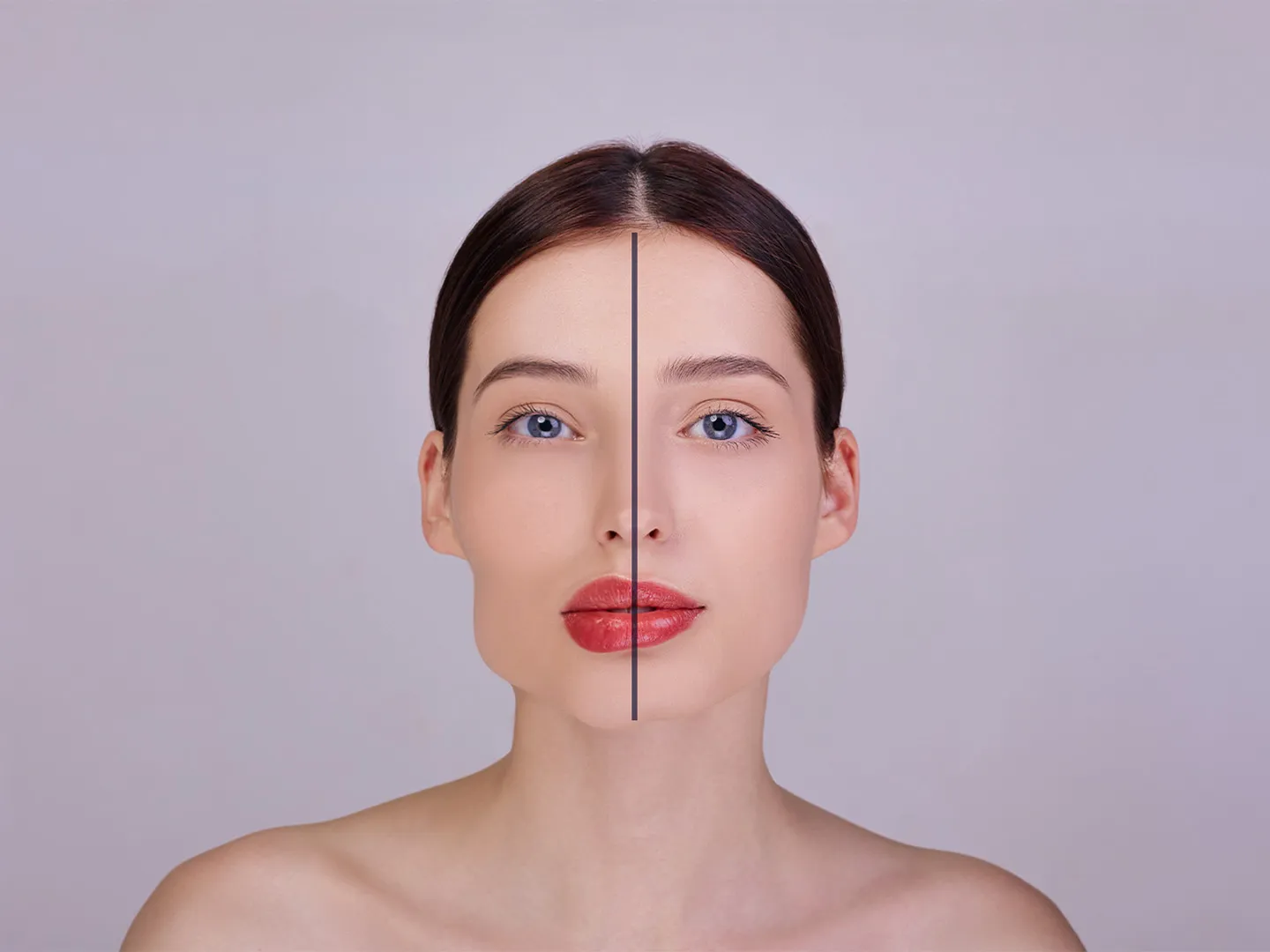
Pillow Face is a complication from aesthetic procedures and refers to the overuse and misuse of dermal fillers, which leads to a ‘puffy’ bloated look on the cheeks, under the eyes, and the jawline. This compromises the intended youthful lift and instead creates swollen facial contours that may make some look older than their age or overdone.
Marketers have unfairly targeted celebrities like Madonna and Chrissy Teigen as over-fillers, but these cases are an underexplored phenomenon. Pillow face is a common pathology among those who receive aggressive filler treatments without a harmonious aesthetic plan.
In this article, we will answer the questions of what pillow face is, how to identify it, showcase real-life cases with before and after photos, highlight how experts recommend correcting it, and, most importantly, prevention strategies.
What Causes Pillow Face?
Pillow face is often caused by one or more of these things:
1. Dermal fillers with too much volume
A pillow face is easy to get if you use too much filler and make your cheeks and temples too full. This is because it keeps water in. Most fillers, especially those made from hyaluronic acid, can swell, which makes the problem worse.
2. Bad Technique for Injection
Even if you are very careful, the pillow face effect can happen if you put filler in the wrong layer of tissue. For example, bumpy and lumpy features happen when you treat some areas too lightly instead of carefully.
3. Use of the same or multiple treatments
When fillers are used with other treatments, they tend to break down faster. Most of the time, people choose a board-certified face plastic surgeon and come back for more work long before the rest of the filler breaks down. Using volumizing fillers to add weight to tissues can cause a lot of different kinds of volume and pain over time.
4. Ignoring the Balance of the Face
Too much cheek growth can throw off the balance of the whole face. This uneven distribution of facial features is what gives people a standard puffy look.
5. Going with the flow That is, instead of personalized aesthetics
As a result of social media, people are used to getting plastic procedures called "high cheekbones" or "snatched jawline." If a doctor follows these trends instead of looking at the patient's unique face shape, they may give them a pillow face.

How to Recognize Pillow Face
People often mistake pillow faces for general swelling or weight gain. But there are important signs:
- Swollen mid-face and cheeks that seem too round or stretched
- Loss of form around the jawline, beneath the eyes, or cheeks
- Facial stiffness, particularly when speaking or grinning
- Too much fat in relation to the rest of the face
- Swelling beneath the eyes is often called "filler fatigue."
A person may also say that their face doesn't look like their own or that it looks constantly swollen or older than it did before.
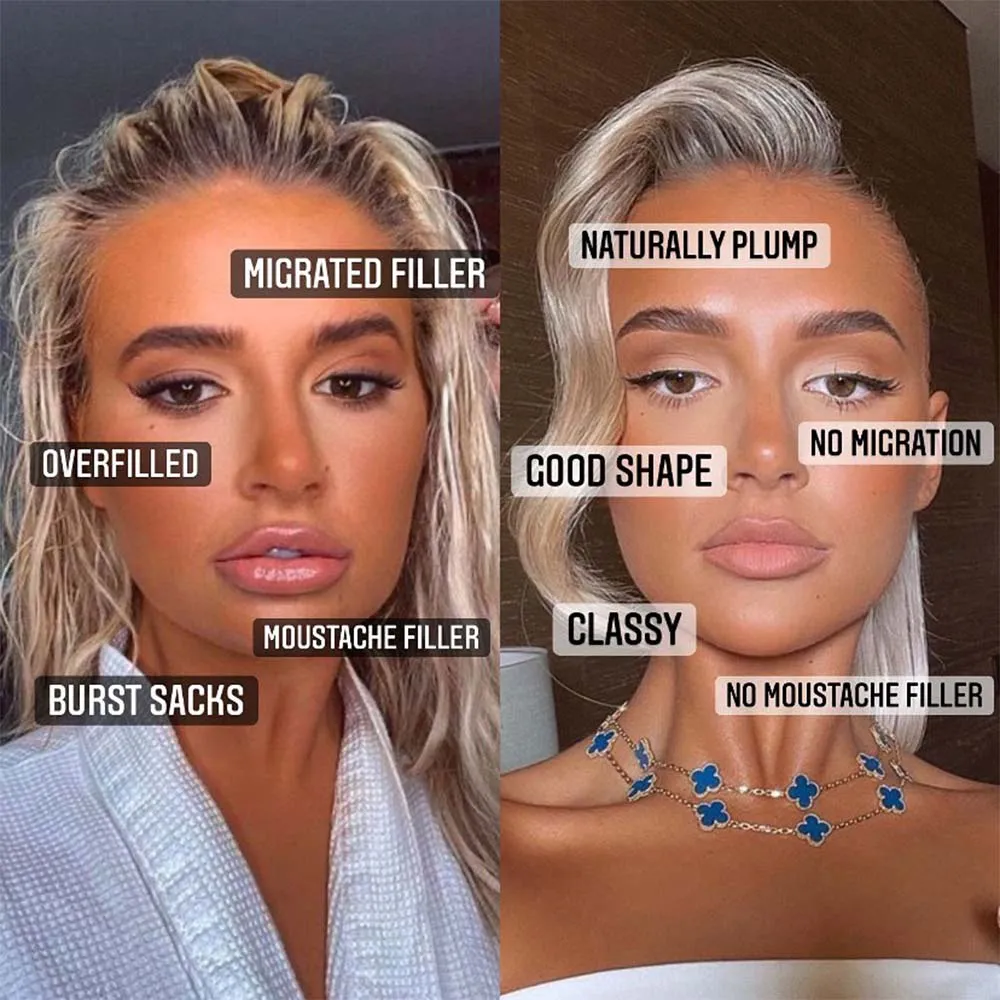
Pillow Face Diagnostic And Corrective Treatments
Should an individual encounter a pillow face, the likelihood of correcting it is plausible if identified early. Key options include:
1. Dissolving the Fillers with Hyaluronidase
The subcutaneous dermal filler non-surgical face-lift previously outlined the filler Injected. The enzyme works to dissolve the ostensible puffiness by plummeting it over a few days, which invariably replenishes the face's natural contours. Dismounting the pillow face is best done through this approach as it remains the fastest and most reliable way out there.
2. Gradual Metabolization
If the fillers placed are not based on hyaluronic acid, patients may have to wait until the product metabolizes itself. This period may last from 6 to 18 months, depending on the type, area, and placement of filler.
3. Rebalancing with Strategic Filler Removal and Placement
With the proper amount of filler, strategic placement of dissolvent together with precise reinjections into neglected but essential places such as the chin and temples can restore balance on the face of the client.
4. Switching to Alternative Treatments
If there is still concern regarding volume loss, adding barely any mass to the face can be done by skin boosters, radiofrequency micro-needling, or thread lifts to help renew it without overusing volume.
“The goal isn’t to erase every line but to enhance a person’s natural features,” says Dr. Prasad, a cosmetic surgeon known for non-surgical facial balancing. “When done right, fillers should be invisible—not obvious.”
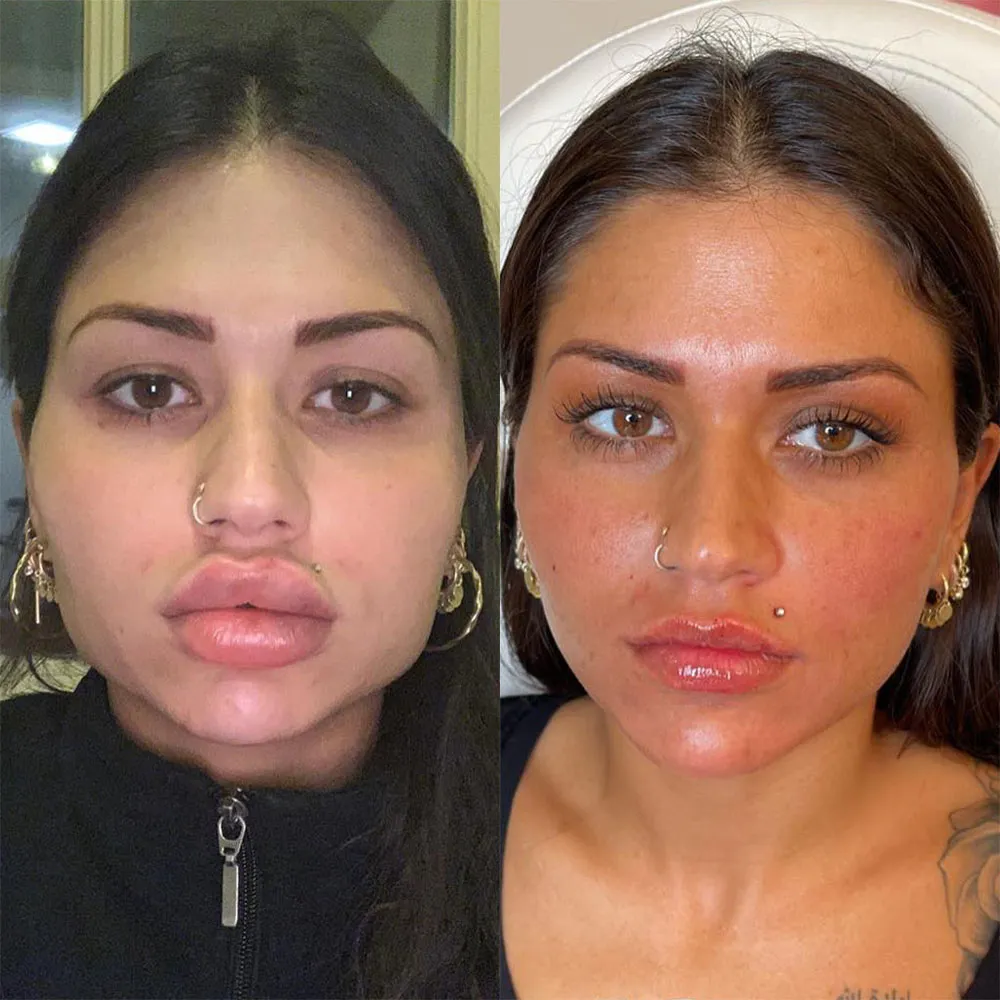
Strategies for Achieving Natural-Looking Results
Whether you are a patient or a doctor, here is how to prevent pillow face and keep lovely, natural aesthetics:
Give Face Balance Top Priority
Concentrate on balancing all aspects instead of accentuating particular ones. For instance, a little chin improvement could help to balance the face more than cheek overfilling.
Select the Appropriate Product for the Appropriate Area
Every filler has unique qualities, including viscosity, elasticity, and lifetime. Applying a heavy filler in a sensitive region such as the under-eyes raises hazards. A qualified injector will fit the product to the goal.
Begin modestly and expand. Slowly
Don't try to accomplish everything in one session. Layer therapies over time to let modest changes occur. This method also lets the patient acclimatize to their changing appearance.
Comprehend the Ageing Process
Though replenishing it should be done carefully, volume loss is natural aging. Not all hollow spots call for filling. Rather, precisely assist the underlying structure.
Invest in a Certified Aesthetic Courses
Make sure your injector is a qualified medical practitioner who has continuously studied facial anatomy. Think about courses from reliable sources, such as Aesthetic Medicine Masterclasses and Aesthetic Courses.
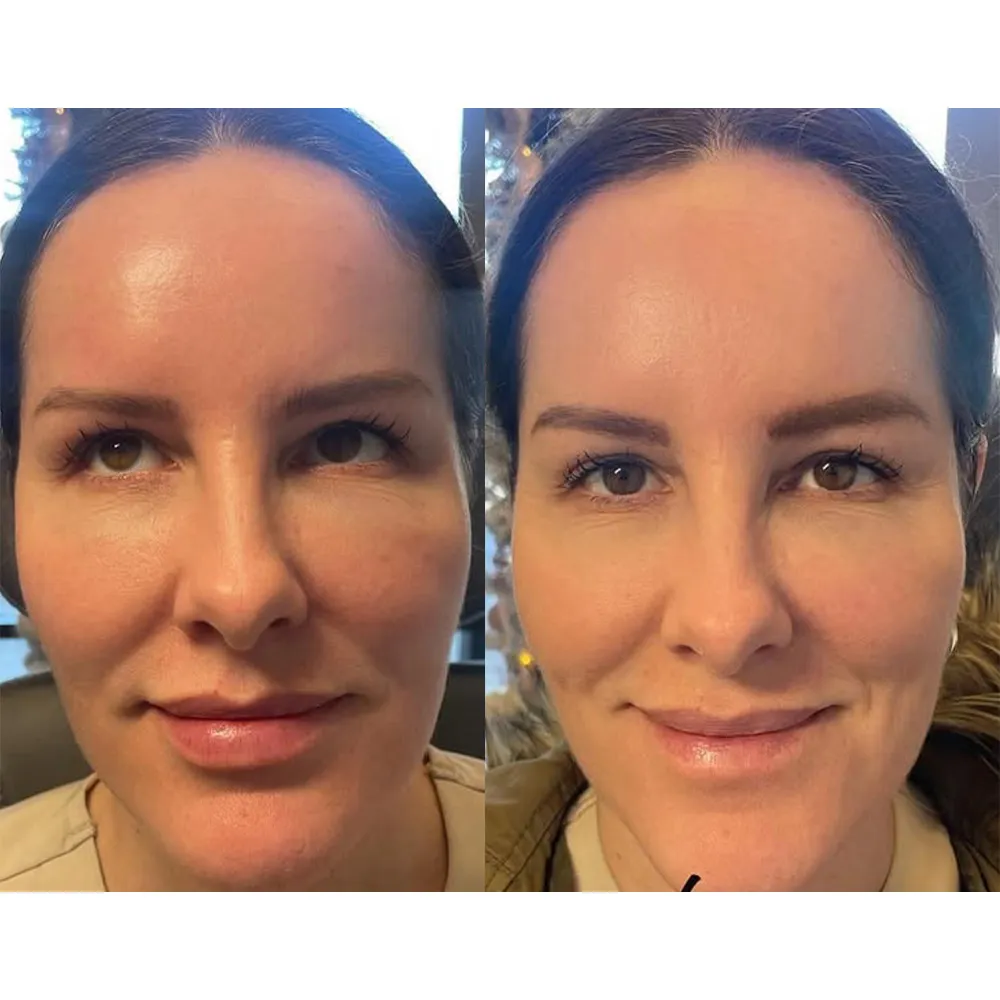
Final Thoughts
Pillow's face blatantly illustrates what can go wrong when looks are sought after without accuracy, restraint, or appropriate education. Although the illness is sometimes curable, its emotional and physical price makes prevention all the more crucial.
For patients, this includes selecting knowledgeable doctors and managing expectations about what dermal fillers can—and cannot—accomplish. For practitioners, it provides a compelling argument for ethical decision-making, sophisticated anatomical knowledge, and continuous education.
Natural, balanced outcomes are both an art and a science. The more we prioritize intelligent methods and individualized treatment, the more we move from overfilled results—and closer to the perfect, revitalized appearance patients want.
FAQs
In fillers, what is a pillow face?
It's the puffy, overfilled appearance brought on by too much or incorrectly positioned dermal fillers.
How can I remedy the pillow face?
Hyaluronidase breaks down hyaluronic acid fillers. Talking to a trained provider is vital.
Will the pillow face last forever?
Not at all. Usually, enzyme injections or natural metabolization make it reversible.
Who among famous people has a pillow face?
Public individuals such as Madonna and Chrissy Teigen have been rumored to have overfilled facial characteristics.
How can I prevent a pillow face?
Select a qualified injector, steer clear of too much volume, and give face balance top priority.
Disclaimer:
This article is intended for licensed medical professionals. All protocols, dosages, and treatment insights referenced herein are based on published literature. The content is not intended to encourage application, diagnosis, or self-treatment of unlicensed individuals, and should not be used as a substitute for the clinical judgment of a qualified healthcare provider.
